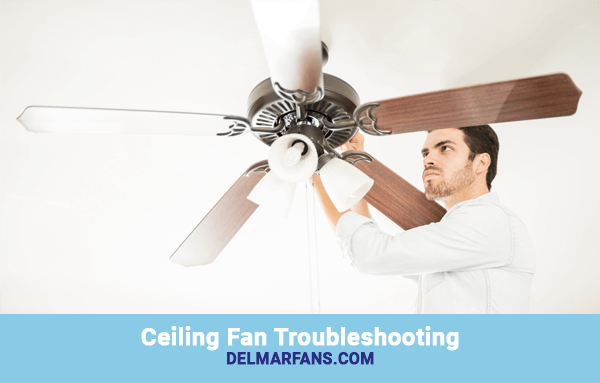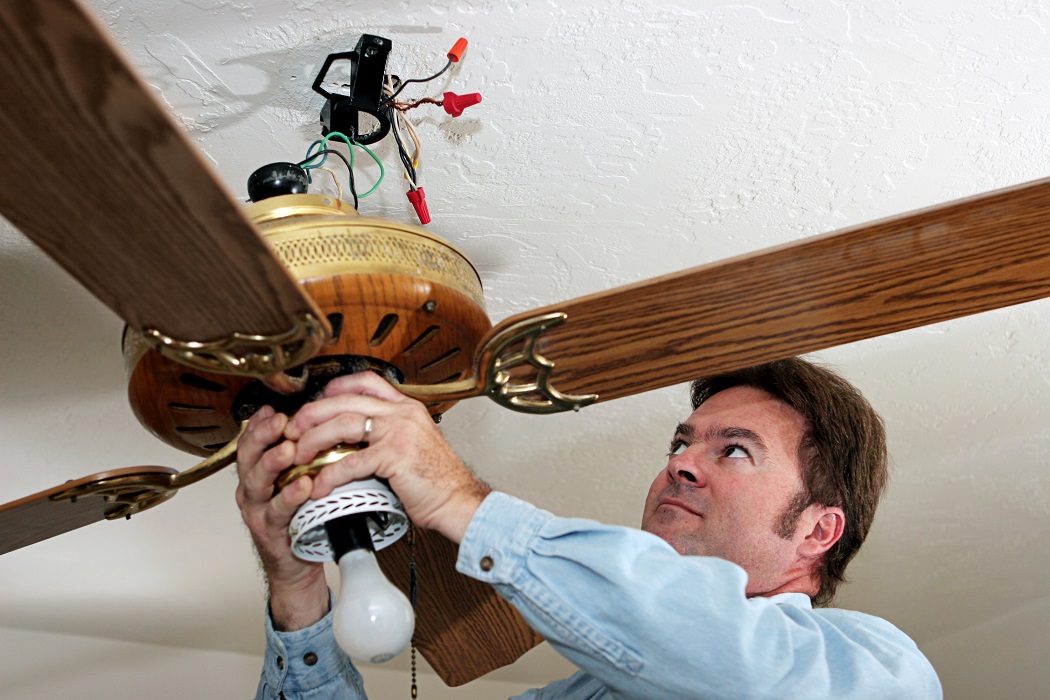The electrical box you installed must be metal and rated to support a ceiling fan. A ceiling fan makes use of an electric motor to rotate blades that evenly circulate air causing evaporative cooling in its surrounding areas.

Ceiling Fans Or Chandeliers Learn When To Use A Fan Or A
Ceiling fan no electricity. The electrical box for your fan will need to be securely mounted to a joist or to two joists if it is placed between them. A wide variety of no electricity fan options are available to you such as stainless steel plastic and cast iron. Most ceiling fans run at 50 80 watts and will cost you around 0006 001 per hour at 012 per kwh. Installing a ceiling fan without existing wiring means you will need to run cables to connect it to a power source. Use a stud finder on the ceiling to see where the joists are and which way they run. You can also choose from ccc ce and gs no electricity fan as well as from ac dc no electricity fan and whether no electricity fan is axial flow fan or centrifugal fan.
Make sure the electrical box you use and any support bar are designed for use with ceiling fans. Test the strength of the box and mount by pulling on it a bit to make sure it does not move easily. Secure the mounting bracket that came with your ceiling fan to the ceiling fan box you installed earlier. 3 possibilitiesyour ceiling fan is just not working due to an internal problem the neutral is interrupted due to a loose connection somewhere or you have a loose hot wire or bad switch that is passing enough voltage to activate the voltage sensor or even a digital meter but wont support a load. When you want to add a ceiling fan the most difficult step tends to be getting it wired into your electrical system especially if you do not have an existing fan or light fixture already in place.


















